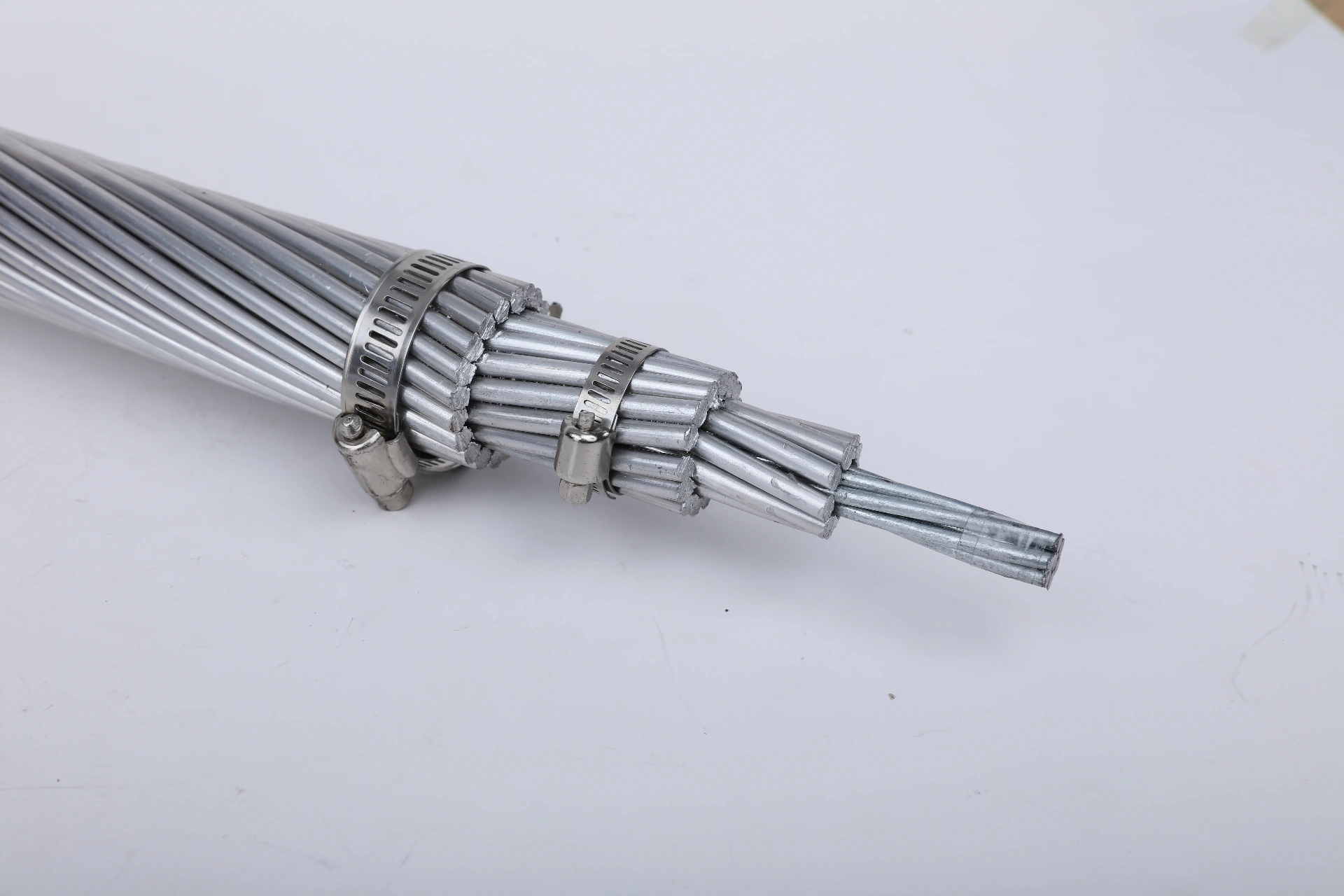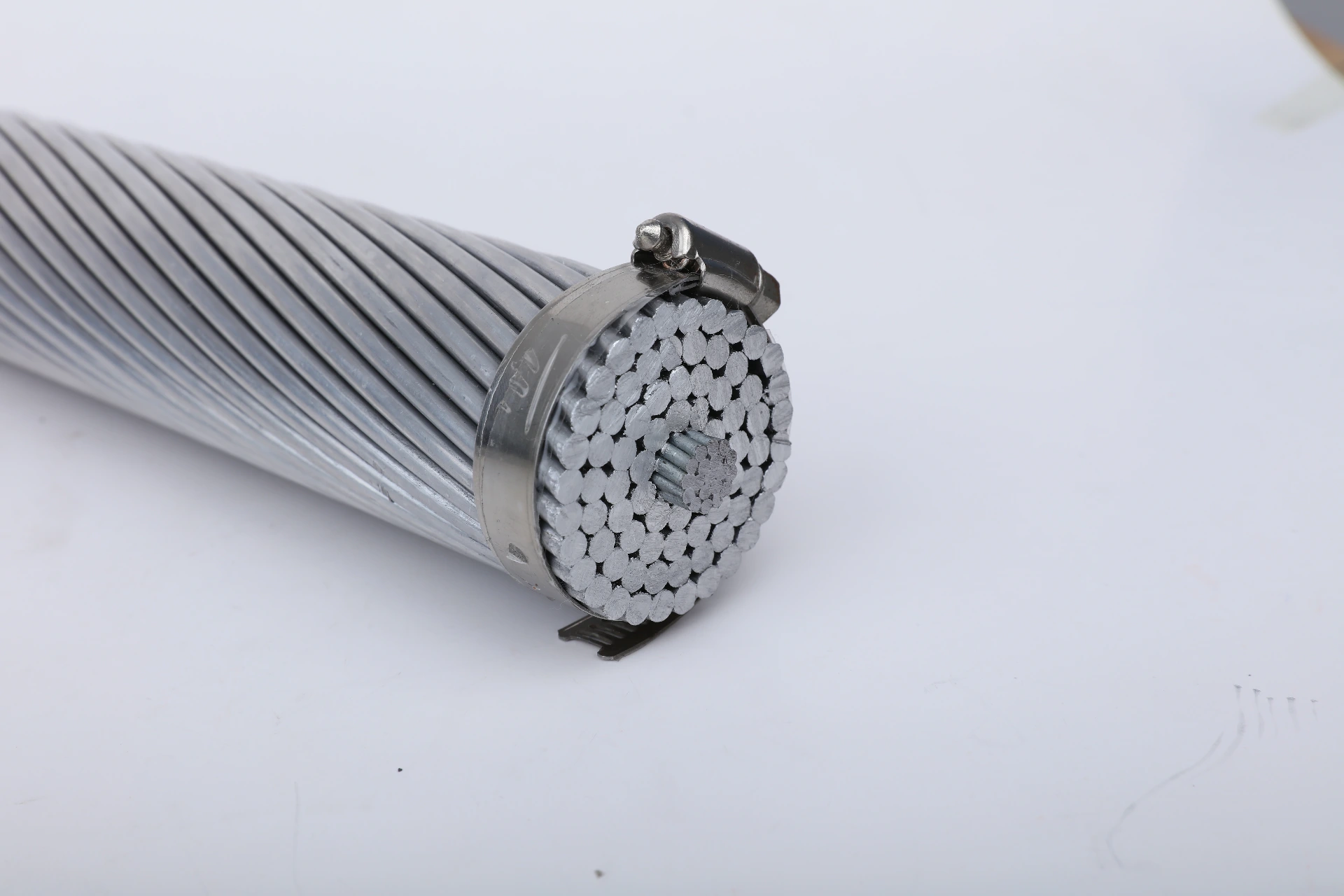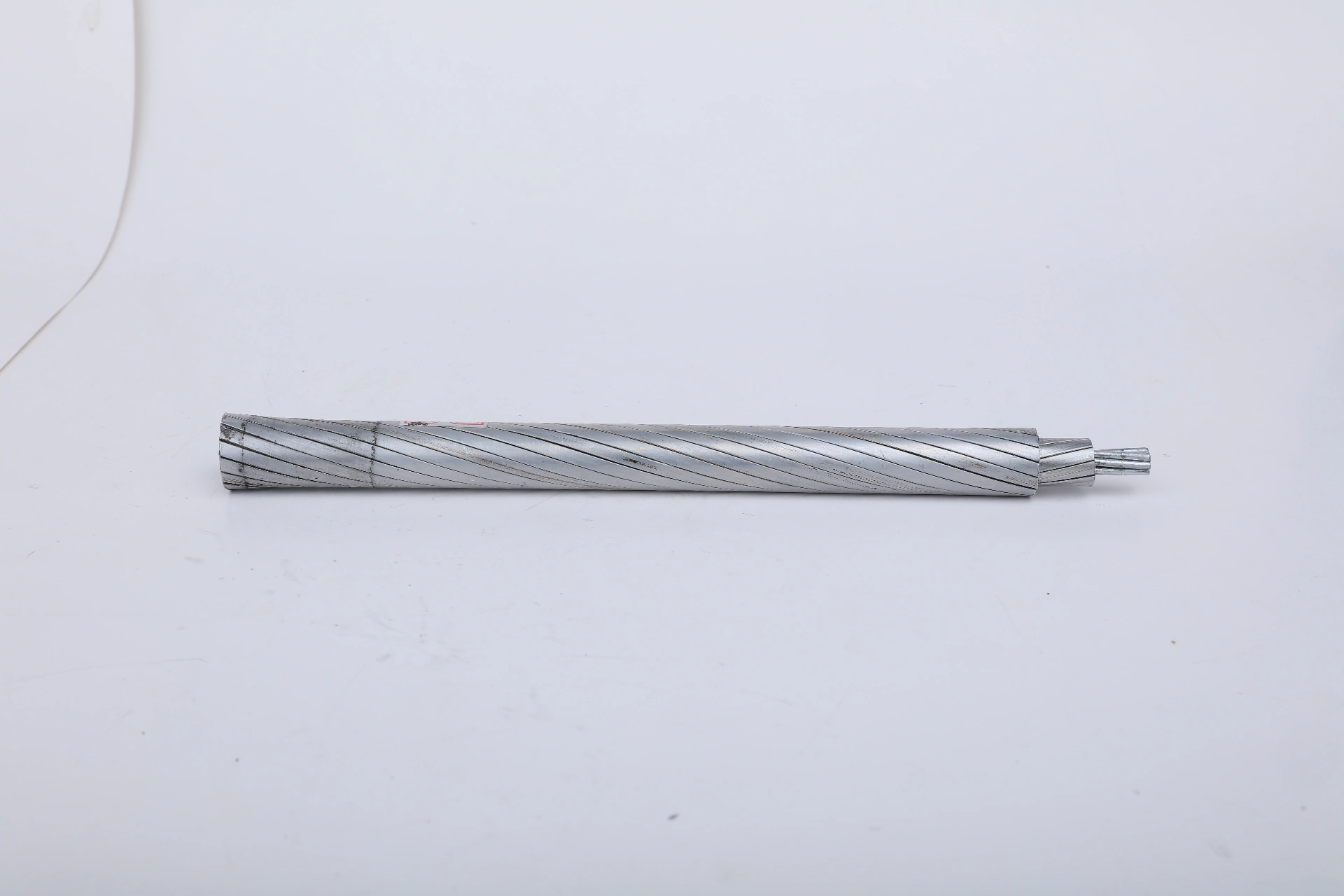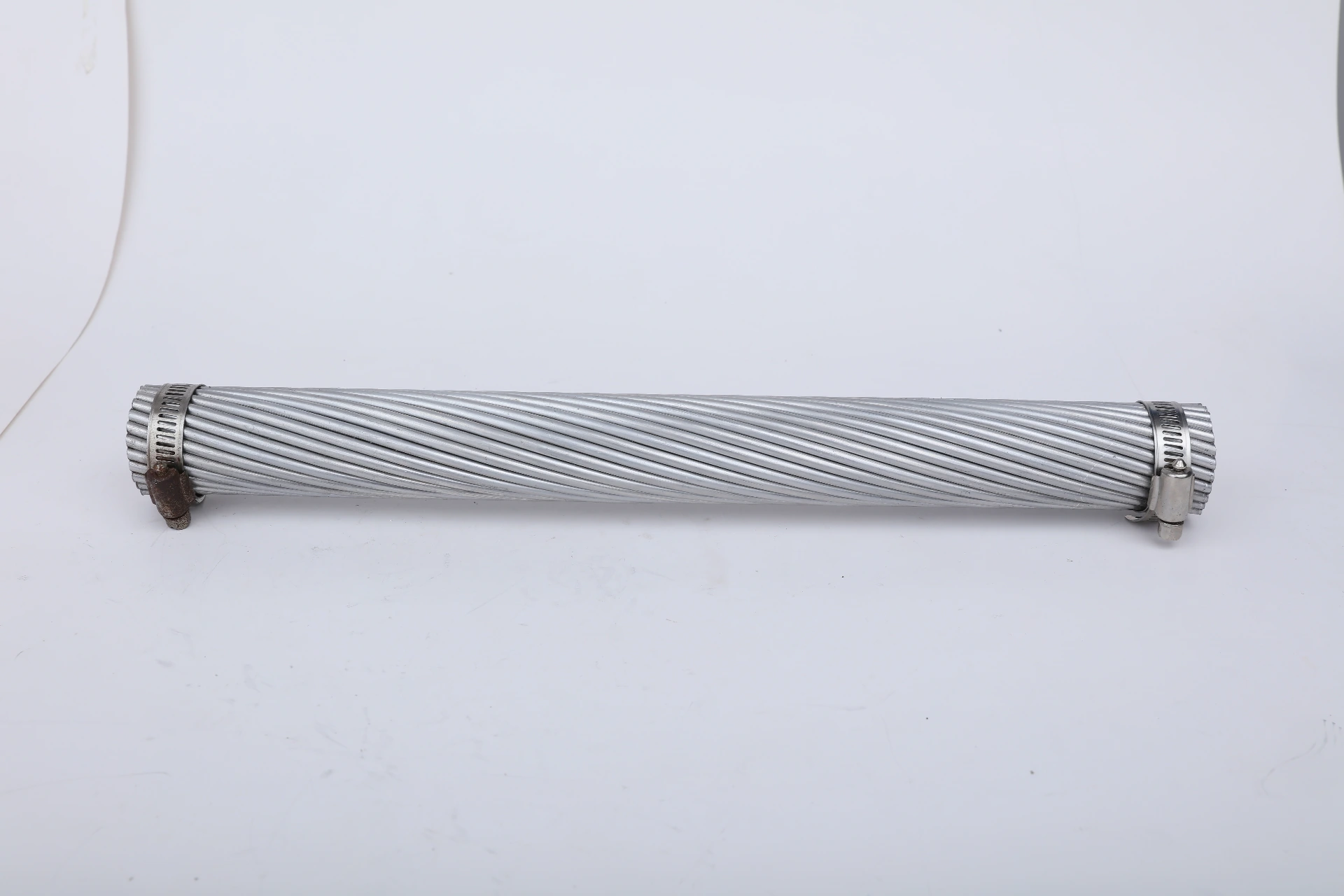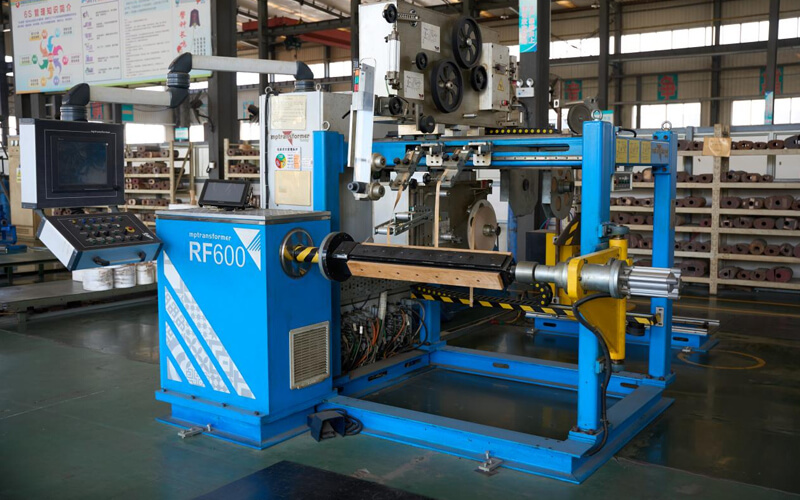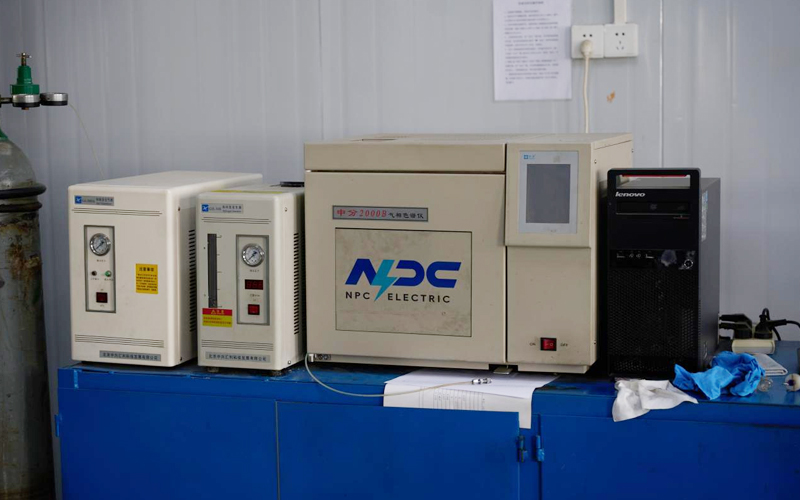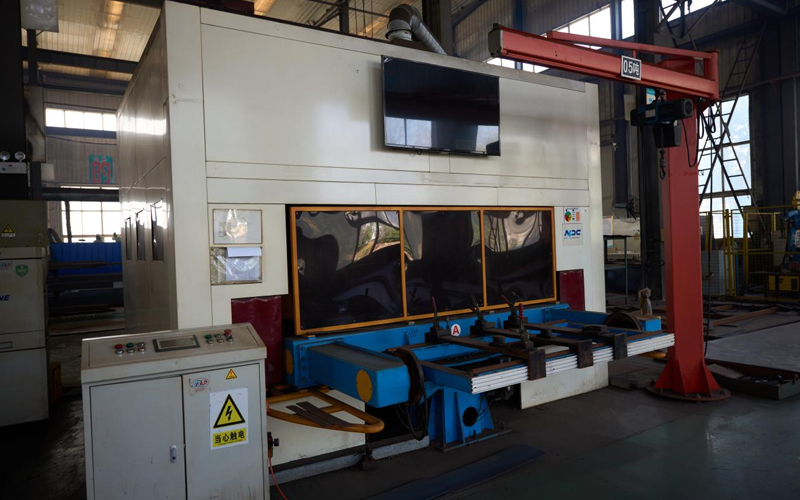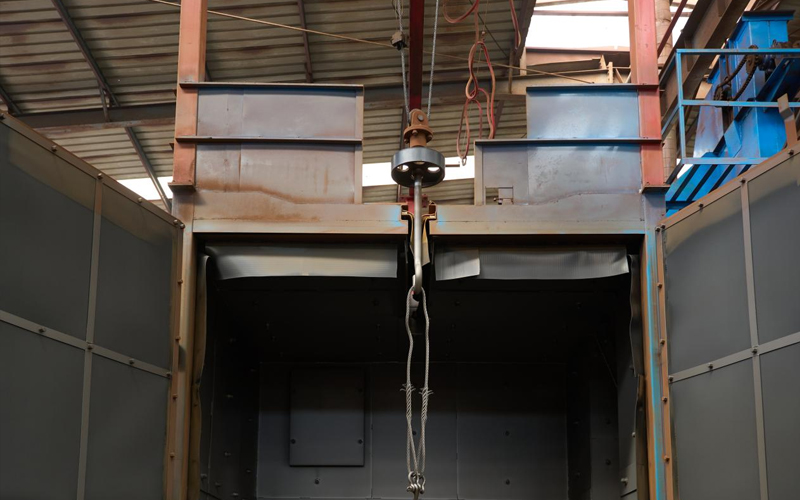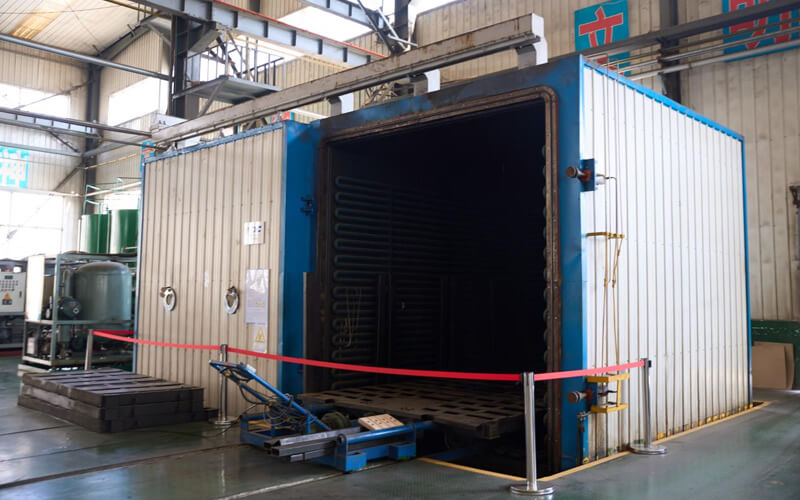Wires and Cables
Bare Conductor
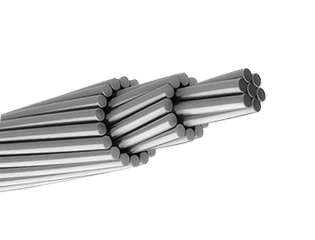
556.5 MCM OSPERY ACSR Conductor Cable
The ACSR CAA 556.5 MCM 18/1F OSPREY conductor is a durable and efficient Aluminium Conductor Steel Reinforced (ACSR) cable, engineered to deliver consistent performance in overhead power transmission and distribution systems. With its construction of 18 hard-drawn 1350-H19 aluminium strands wrapped around a single galvanized steel wire, this conductor offers a dependable combination of lightweight conductivity and mechanical strength. Complying with ASTM B232 standards, the OSPREY conductor is ideal for medium- to long-span installations, particularly where increased mechanical support is necessary. The steel core, available with Class A or B galvanization, enhances corrosion resistance while supporting the conductor’s tensile integrity under challenging environmental and load conditions. Its 18/1F construction makes it particularly suited for projects where a balance of performance, durability, and cost-effectiveness is essential. It is widely used by utilities in transmission infrastructure, especially where moderate-to-high current capacity is required without compromising on mechanical reliability.
795 MCM DRAKE ACSR Conductor Cable
The ACSR CAA 795 MCM 26/7F DRAKE is a widely used, high-capacity overhead conductor designed for power transmission and distribution systems. It features a rugged construction of 26 hard-drawn 1350-H19 aluminium wires wrapped around 7 galvanized steel strands, forming a strong and conductive concentrically stranded cable. Built to ASTM B232 specifications, this conductor delivers excellent electrical performance, while its steel-reinforced core offers the mechanical strength needed for long-span installations. The steel strands are galvanized to Class A or B, providing reliable corrosion resistance in outdoor environments. With its proven design and high load-handling capabilities, the DRAKE configuration is commonly used across utility networks, particularly for high-voltage transmission lines where strength, conductivity, and longevity are critical.
954 MCM CARDINAL ACSR Conductor Cable
The ACSR CAA 954 MCM 54/7F CARDINAL is a high-capacity, heavy-duty Aluminium Conductor Steel Reinforced (ACSR) cable engineered for the reliable transmission of electrical power over long-span overhead lines. It features 54 hard-drawn 1350-H19 aluminium strands concentrically laid around 7 galvanized steel strands, offering an optimized balance between excellent electrical conductivity and mechanical strength. Manufactured to meet the requirements of ASTM B232, the CARDINAL configuration is a trusted industry standard, widely adopted in high-voltage transmission systems. The galvanized steel core, available in Class A or B coatings, provides superior corrosion resistance and structural support, making this conductor ideal for outdoor environments exposed to wind, ice, and mechanical loading. The 54/7F strand design ensures increased current-carrying capacity and lower resistance, making it suitable for use in critical infrastructure and utility-grade transmission networks.
954 MCM RAIL ACSR Conductor Cable
The ACSR CAA 954 MCM 45/7F RAIL is a robust Aluminium Conductor Steel Reinforced (ACSR) cable designed to meet the demanding requirements of modern overhead transmission and distribution systems. It consists of 45 hard-drawn 1350-H19 aluminium strands concentrically wound around 7 galvanized steel strands, forming a high-capacity conductor with a reliable strength-to-conductivity ratio. Manufactured in accordance with ASTM B232, the RAIL configuration is ideal for long-span installations where increased tensile strength and environmental durability are essential. The galvanized steel core, coated to Class A or B standards, provides corrosion resistance and mechanical reinforcement against environmental stressors like wind, ice loading, and mechanical tension. This ACSR design supports efficient power delivery across overhead transmission networks, while also serving as a dependable solution for primary and secondary distribution lines.
1033.5 MCM CURLEW ACSR Conductor Cable
The ACSR 1033.5 MCM Curlew 54/7 is a high-performance, bare concentric-lay-stranded conductor designed for overhead power transmission and distribution lines. Complying with ASTM B232 standards, this conductor features a robust galvanized steel core (Class A or B) for enhanced mechanical strength, surrounded by multiple layers of hard-drawn 1350-H19 aluminum wire for superior electrical conductivity. The Curlew configuration, with 54 aluminum strands and 7 steel strands, ensures an optimal balance of durability and efficiency, making it ideal for long-span transmission lines and primary/secondary distribution networks. Engineered for reliability, ACSR Curlew offers excellent corrosion resistance and customizable aluminum-to-steel ratios to meet specific electrical and mechanical requirements.
1033.5 MCM ORTOLAN ACSR Conductor Cable
The ACSR 1033.5 MCM Ortolan 45/7 is a high-efficiency, bare concentric-lay-stranded conductor designed for reliable performance in overhead power transmission and distribution systems. Compliant with ASTM B232 standards, it features a galvanized steel core (Class A or B) for superior mechanical strength, surrounded by 45 aluminum strands and 7 steel strands of hard-drawn 1350-H19 aluminum wire for excellent electrical conductivity. Ideal for long-span transmission lines and primary/secondary distribution networks, the Ortolan configuration ensures durability, corrosion resistance, and customizable aluminum-to-steel ratios to meet specific electrical and mechanical demands. Steel-core conductor with layered aluminium wires.
1272 MCM BITTERN ACSR Conductor Cable
The ACSR 1272 MCM Bittern 45/7 is a high-performance, bare concentric-lay-stranded conductor engineered for overhead power transmission and distribution systems, compliant with ASTM B232 standards. It features a galvanized steel core (Class A or B) with 7 steel strands for enhanced mechanical strength, surrounded by 45 strands of hard-drawn 1350-H19 aluminum wire for superior electrical conductivity. Ideal for long-span transmission lines and primary/secondary distribution networks, the Bittern configuration ensures excellent corrosion resistance and customizable aluminum-to-steel ratios to meet specific electrical and mechanical requirements. Ampacity is calculated under standard conditions (conductor temperature: 75 °C; ambient temperature: 25 °C), ensuring reliable performance in demanding applications.
1590 MCM LAPWING ACSR Conductor Cable
The ACSR 1590 MCM Lapwing 45/7 is a high-efficiency, bare concentric-lay-stranded conductor designed for superior performance in overhead power transmission and distribution systems, meeting ASTM B232 standards. It features a galvanized steel core (Class A or B) with 7 steel strands for robust mechanical strength, surrounded by 45 strands of hard-drawn 1350-H19 aluminum wire for excellent electrical conductivity. Ideal for long-span transmission lines and primary/secondary distribution networks, the Lapwing configuration offers exceptional corrosion resistance and customizable aluminum-to-steel ratios to fulfill specific electrical and mechanical demands, ensuring reliable and durable power delivery.
2 AWG SPARATE ACSR Conductor Cable
The 2 AWG SPARATE ACSR (Aluminum Conductor Steel Reinforced) cable, compliant with ASTM B232, ABNT NBR 7270/88, and IEC 61089 standards, is engineered for reliable performance in overhead transmission and distribution systems. Featuring a stranded 1350-H19 aluminum conductor for high conductivity and a single galvanized steel core for enhanced mechanical strength, this cable is ideal for medium to long spans in rural, utility, or open-terrain environments. With a voltage rating of up to 25 kV, an operating temperature range of -10°C to +75°C, and a short-circuit tolerance of up to 150°C (5s), the SPARATE ACSR offers an excellent balance of conductivity, tensile strength, and corrosion resistance. Its lightweight, bare aluminum design with a zinc-coated steel core ensures durability and ease of installation, making it suitable for diverse outdoor conditions. Ampacity is calculated under standard conditions (conductor temperature: 75°C; ambient temperature: 25°C; wind speed: 1 m/s; full sun exposure).In-Depth Analysis
Comparative Analysis of Efficiency and Loss
Compared to the industry average, bare conductor cables exhibit lower losses and higher efficiency across the entire load range.
Load Efficiency Comparison(%)
No-load Loss Comparison(W)
High Conductivity Design
High-purity oxygen-free copper or high-quality aluminum conductors are used with smooth surface and low resistance to ensure efficient power transmission and reduce energy loss.
Insulation Protection System
Use flame-retardant, wear-resistant and corrosion-resistant polymer insulation materials to meet the safe operation requirements in different environments.
Weather-Resistant & Durable Technology
The outer sheath is made of UV-resistant, heat-resistant, and oil-resistant materials, making it suitable for high and low temperatures, humidity, and long-term outdoor use.
Safe Flame Retardant System
The multi-layered flame-retardant structure effectively slows the spread of flames and releases low-smoke, halogen-free gases during combustion, reducing secondary hazards.
Easy Installation & Maintenance
The flexible core and flex-resistant outer sheath provide a small bend radius and high installation efficiency. Color coding and length markings reduce installation and maintenance costs.
Intelligent Monitoring
An optional remote monitoring system is available to monitor operating status, temperature, load and other parameters in real time, and supports fault warning and remote diagnosis.
Environmental Adaptability Analysis
Bare conductor cables have been rigorously tested and can operate stably under various harsh environmental conditions.

Temperature Range
-40℃ ~ +55℃
Can work normally in extreme high and low temperature environments

Humidity Adaptation
0 ~ 100% RH
Including condensation environment, no frost requirement

Weather Resistance Grade
UV/IEC 60811-501
The outer sheath has excellent UV resistance and aging resistance

Chemical Corrosion Resistance
Oil / Acid / Alkali
Resistant to oil, acid, alkali and some chemical corrosion environments
Why Choose Us

Bare Conductor Cables Manufacturer

Bare Conductor Cables Advantages
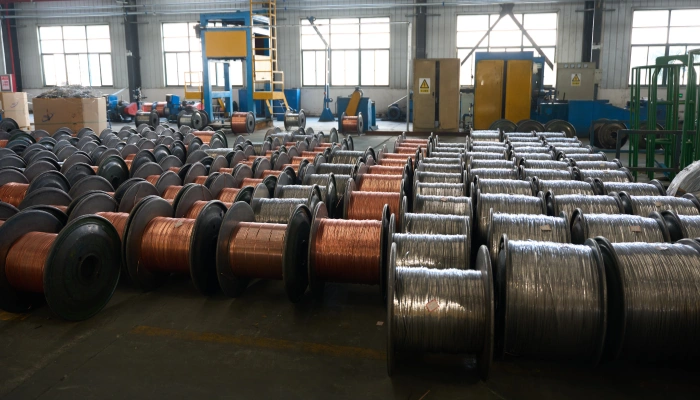
AAC AAAC ACSR ACAR Conductor
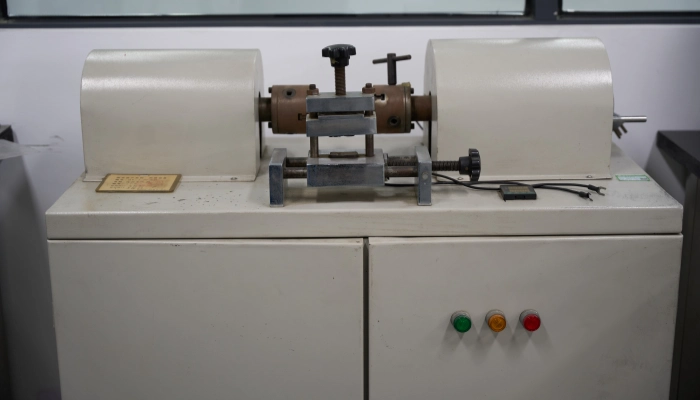
Bare Conductor Quality Control
Product Show
Testing and Certification
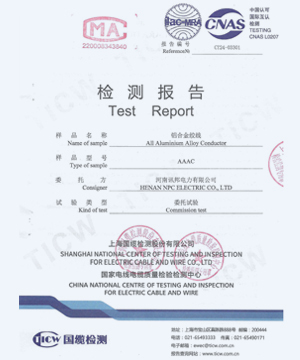
Bare Cable Test Report
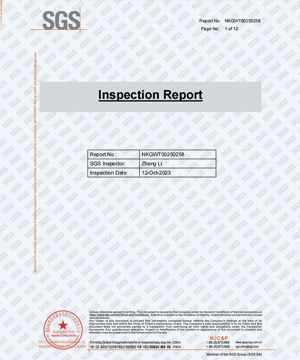
SGS Inspection Report

Certificate of Acceptance
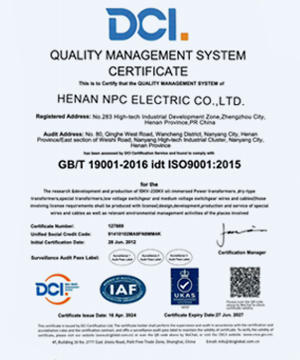
ISO Quality Certificate
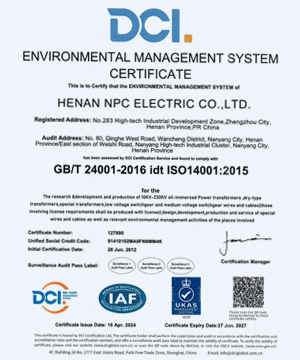
ISO Environmental Certificate

ISO Occupational Certificate
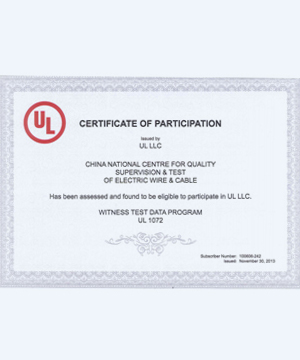
UL Laboratory Certificate
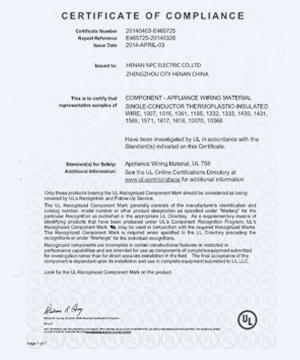
UL Product Certificate
Project Cases

Peru Solar PV Project
CompletedNPC Electric Delivers Medium-Voltage Cables for Peru Solar PV Project
Country:Peru
Model:HEPRZ1(AS) 1x630 mm² 19/33kV x 6km
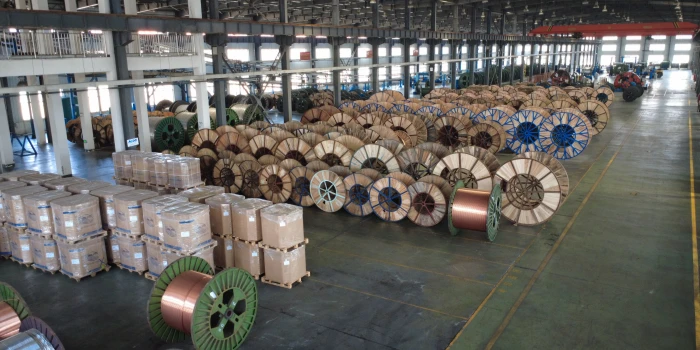
Chile El Project
CompletedReliable 19/33kV MV cables ensuring safe, stable, and efficient power transmission for critical projects.
Country:Chile
Model:19/33kV MV Power Cables x 5km
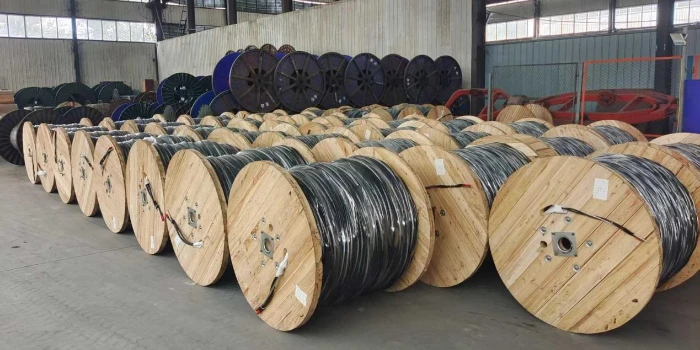
Dominican Edenorte Project
CompletedProvide outdoor power solutions for urban main road reconstruction projects to adapt to complex environments.
Country:Dominican
Model:NPC AAAC Cable & Triplex Cable x 10km
Technical Advantages
FAQ From Customers
-
What is a bare conductor cable?
A bare conductor cable is an electrical cable made of bare aluminum or bare copper conductors without any insulation. These cables are widely used in overhead power lines, power transmission systems, and aerial conductors. Bare conductor cables offer excellent conductivity and high tensile strength, making them ideal for long-distance energy transfer and outdoor installations. -
Bare Copper Conductors vs Bare Copper Ground Conductors, what’s the difference?
Bare copper conductors are typically used in power transmission, providing high conductivity for energy delivery. Bare copper ground conductors, however, are designed for grounding purposes and ensure safety by providing a path to dissipate fault currents safely into the earth. While both are made of copper, ground conductors are often thicker to handle fault conditions without overheating or breaking. -
What is the difference between AAC and ACSR conductors?
AAC (All Aluminum Conductor) and ACSR (Aluminum Conductor Steel Reinforced) differ primarily in their construction. AAC conductors are made entirely of aluminum, offering lightweight and high conductivity. ACSR conductors, on the other hand, have a steel core that enhances tensile strength, making them ideal for long-distance transmission and high mechanical stress. While AAC is suitable for shorter distances, ACSR is typically used for overhead lines with longer spans and high voltage transmission. -
What is the difference between bare conductor and insulated conductor?
Bare conductor cables are uninsulated and typically used in overhead power lines where external insulation is unnecessary. In contrast, insulated conductor cables have a protective layer of material like PVC or XLPE, offering protection against electrical shock and short circuits. Insulated cables are commonly used for underground installations or where conductors are exposed to moisture, chemicals, or mechanical damage. -
What types of electrical cables are used for power transmission?
Various types of electrical cables are used for power transmission, including bare conductor cables like AAC, ACSR, and AAAC. These cables are ideal for overhead power lines because of their high conductivity and durability. For underground or shielded installations, insulated conductors are often used. NPC Electric manufactures electrical cables for both low voltage and high voltage systems, ensuring reliable and efficient power delivery in diverse applications.









